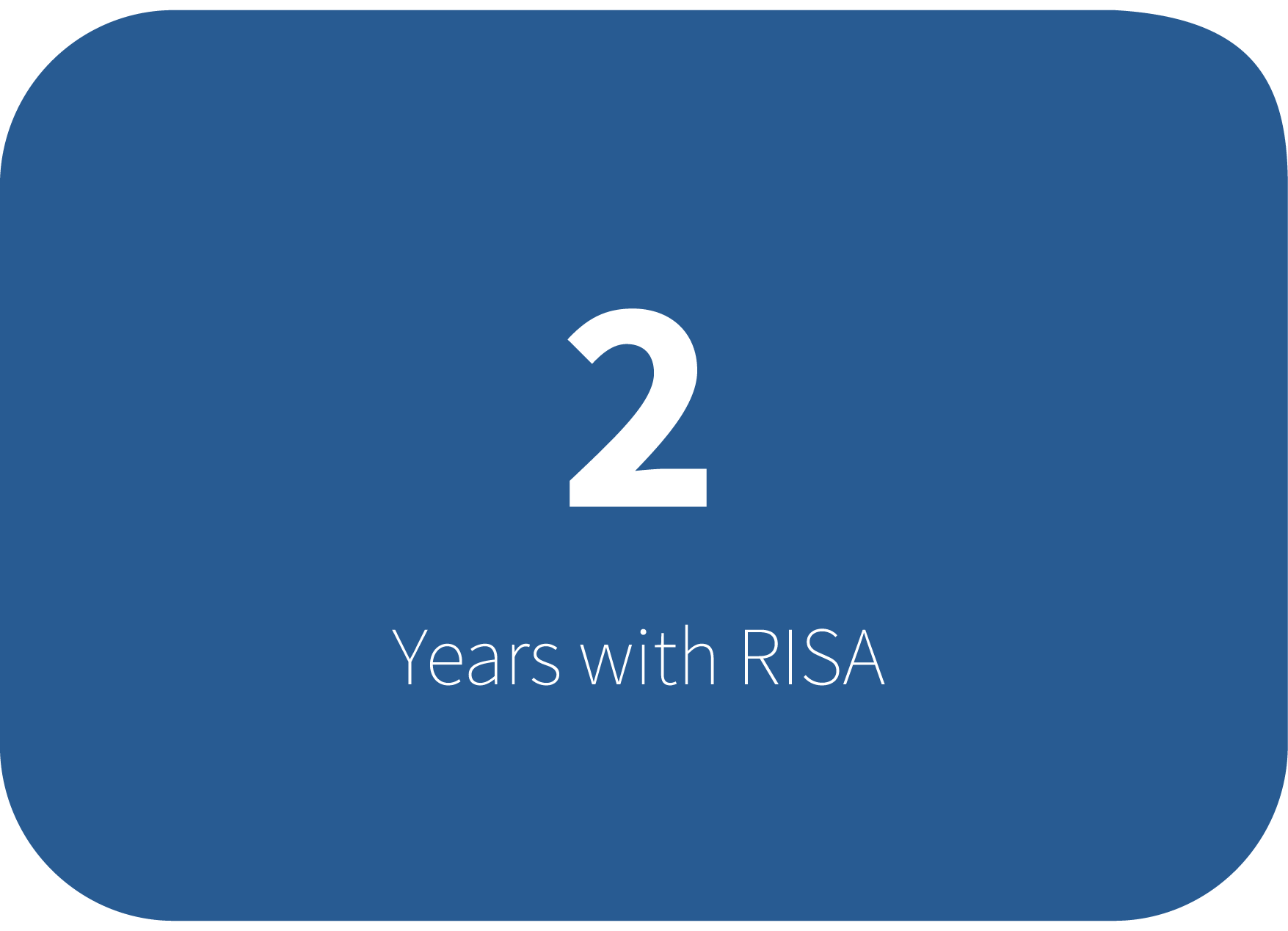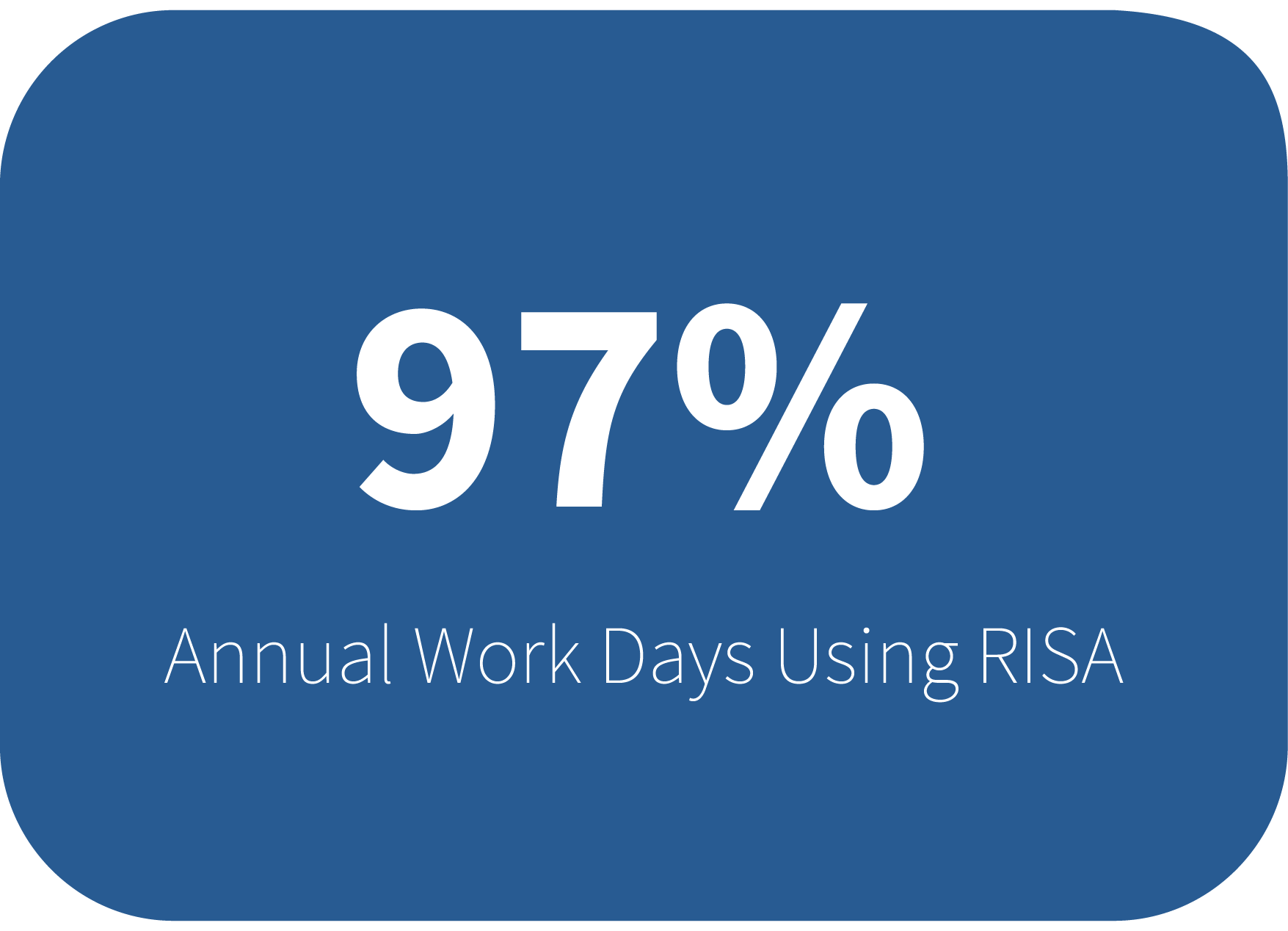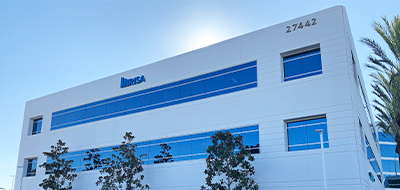“RISA's ability to mold different materials and systems together into, if not one model, one format was very appealing—especially from the director’s standpoint. I prefer to see everything in one platform rather than sorting through five or six different software packages.”
Jake Yoder, PE
Director of Engineering at Magnus Engineering
.png?width=2000&height=1325&name=image001%20(12).png)
Getting Started
When Magnus Engineering was founded, efficiency and accuracy were top priorities. As a growing structural engineering firm, they needed a software solution that could handle everything from simple component analysis to complex, multi-material structures. Prior to launching Magnus Engineering, team members previously relied on spreadsheets and a mix of different software programs, which often resulted in tedious workflows and inconsistencies between analysis and design.
Magnus wanted to run their engineering firm differently; empowered and intentional. After evaluating various structural analysis and design solutions, they decided to invest in RISA, drawn to its intuitive interface, comprehensive analysis features, and ability to handle both gravity and lateral design seamlessly. They needed software that could seamlessly integrate with their existing BIM workflows, improve collaboration across projects, and increase confidence in their designs—all while keeping up with demanding project deadlines.
Their Software Journey
Once the decision was made, Magnus Engineering focused on a smooth onboarding process. They took advantage of RISA’s training resources, including webinars, technical documentation, and hands-on tutorials. Early adoption focused on RISA-3D for general structural analysis and RISAFloor for multi-story building designs. The team quickly integrated RISA into their workflow, using it for gravity load distribution, lateral system modeling, and foundation design.
As they became more comfortable with the software, Magnus expanded their use to include RISAFoundation for in-depth foundation design. The team expanded their use of RISA’s integration capabilities, linking models directly with Revit to streamline coordination with architects and other engineers. The ability to move seamlessly between different RISA products allowed them to streamline their analysis and reduce errors.
Advancements with RISA
With RISA fully integrated into their workflow, Magnus Engineering saw immediate improvements in efficiency and project turnaround time. One of the biggest advantages was the ability to quickly iterate designs and assess multiple structural options before finalizing decisions. The team also leveraged RISA’s robust reporting features to provide clear documentation for clients.
RISA’s batch processing have eliminated hours of manual work, allowing engineers to focus on higher-level decision-making. Whether it’s refining diaphragm forces in RISAFloor or performing detailed foundation design in RISAFoundation, Magnus Engineering has leveraged RISA’s full suite of tools to improve both speed and accuracy.
“The biggest convenience is not having to track demands through various software. Before, you’d be yanking out column reactions manually to use in foundation design, which was a total pain—especially if you weren’t using an envelope. Now, it’s all integrated, making it much more fluid and easier to manage”
Nick Miller
Project Engineer at Magnus Engineering

Overcoming Challenges
Like many firms, Magnus Engineering has faced its share of challenges—tight deadlines, complex structural designs, and the need for seamless coordination between teams. By integrating RISA-3D, RISAFloor, and RISAFoundation into their workflow, they overcame these bottlenecks. Now, their engineers can work on a single, connected model rather than juggling separate programs, reducing miscommunication and rework.
Additionally with any new software implementation, there were learning curves. Initially, the team faced challenges in optimizing RISA’s features for their specific project needs. However, through continued training and engagement with RISA’s support team, they quickly overcame these hurdles. One key learning experience was refining their approach to semi-rigid diaphragms and force extraction from models. With guidance from RISA’s knowledge base and technical support, they developed more effective workflows for lateral analysis and detailing.
Looking Ahead: Visions for the Future
As Magnus Engineering continues to grow, RISA remains at the core of their workflow. With RISA firmly embedded in their workflow, Magnus Engineering is now exploring ways to leverage its advanced capabilities even further. The team is particularly interested in optimizing post-tensioned slab designs in the future using ADAPT-Builder and enhancing their seismic analysis techniques.
Future Plans
Looking forward, Magnus Engineering is committed to further leveraging RISA’s capabilities to optimize their designs and expand their service offerings. They plan to invest in ongoing RISA training to ensure their engineers remain proficient in the latest software updates and features, reinforcing their goal of continuous improvement.
With RISA as a trusted software partner, Magnus Engineering is well-equipped to take on more ambitious projects, deliver innovative solutions, and continue pushing the boundaries of structural engineering.
Growth with RISA
Magnus Engineering By the Numbers












